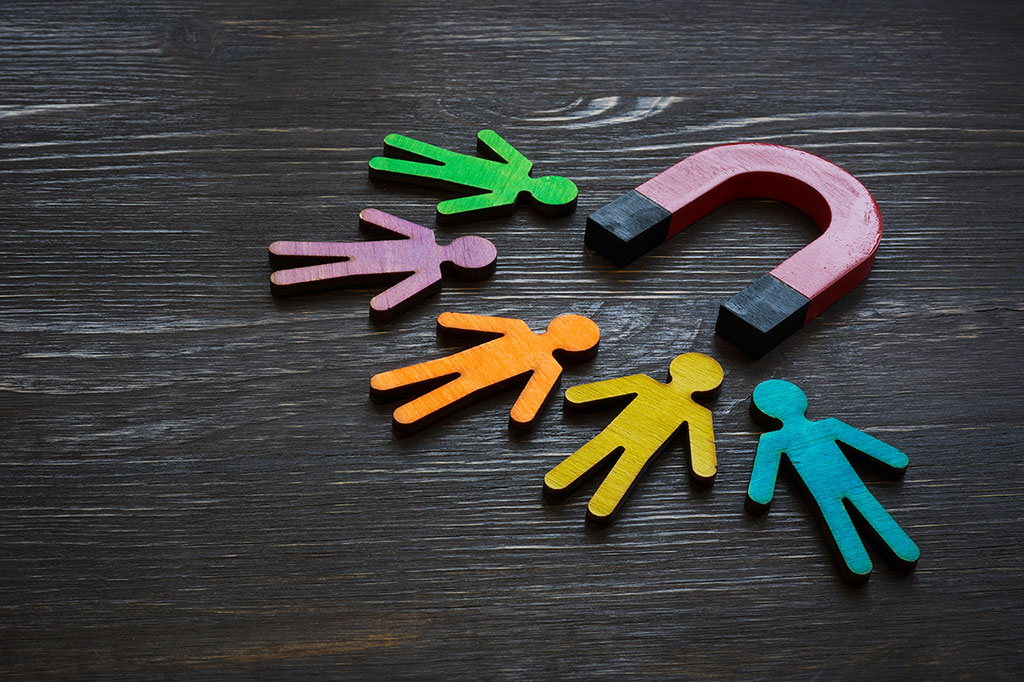So you’ve got a loyalty program—now what?
Panera Bread’s Ultimate Sip Club. Lululemon’s tiered membership program. IHOP’s digitally-enabled “PanCoins”. Rewards programs of every shape and size are suddenly popping up en masse among brands looking to create loyal, engaged customers. When done right, there’s a market opportunity to do just that since an overwhelming majority of American adults—to the tune of 80%—belong to at least one loyalty program.
The right loyalty program strategy can fuel customer satisfaction and sales growth, deepen relationships with customers and inspire repeat purchases. But not all programs are created equal, says JD Dillon, Axonify’s Chief Learning Architect.
He points out that businesses won’t get results by simply dropping new responsibilities onto frontline employees’ laps and hoping that they’ll be able to properly support the most critical-to-retain customers. It takes intention, planning and the right training to align the loyalty program with customer experience.

Take the loyalty conversation beyond new tech and personalization
While the tools for advancing these programs have grown and changed over time, one thing hasn’t—associates.
In today’s retail world, associates and their ability to deliver on brand promises are integral to developing loyal customers. They engage with consumers in ways that tech-only experiences can’t offer and they’re usually the last touch determining whether your loyalty program will be successful or not.
If you’re still struggling to create those standout experiences that keep customers coming back, your associates might be a key factor. But it’s not too late to get them up to speed and performing their best.
Align your frontline teams to your program’s purpose
Everyone loves being rewarded for their time, investment and loyalty to a brand. But your shiny new loyalty program doesn’t have to just be a win for customers—it can be designed to work for your employees, too.
JD suggests starting on the ground floor by creating buy-in that makes your employees feel valued, like they’re part of something bigger and their actions make a difference. If they don’t understand why they’re doing what they’re doing, they likely won’t be able to communicate your why to customers, either.
Consider the following:
- Do you want them to encourage more checkouts or increase overall basket size value? Inspire more reviews and referrals?
- How do your teams plan to measure the success of your loyalty program?
- What talking points should they be using to convey what’s in it for the customer?
- What are the rules of your loyalty program? How much room do employees have to go above and beyond?
When these questions are answered and your frontline is confident in your program and its purpose, you’ll be able to meet the needs of your associates and ultimately drive sales.
How to create exceptional loyalty experiences—through the good times and the bad
As the in-store face of your brand and your loyalty program, associates are often up against challenges like difficult customers and high-stress shopping seasons that get in the way of delivering exceptional loyalty experiences. When your frontline doesn’t have the right knowledge to handle these tough situations, it hurts customer satisfaction, safety, brand reputation and, ultimately, your bottom line.
Building and maintaining a strong, proactive training culture that teaches associates how to handle questions and critiques alike gives them the foundation they need to be ready for anything that might come their way.
Plus, it shows associates that you care enough about them to keep them super-informed and prepared for the next challenge.
It’s safe to assume that your frontline wants to create loyal customers that keep coming back for more. They just need to be shown—and more specifically, trained—how to deliver these elevated experiences. Future-gazing companies treat their associates as partners and respect the realities of their workday, making it easier to work with them to build a brand that connects the dots between the customer and employee experiences.
